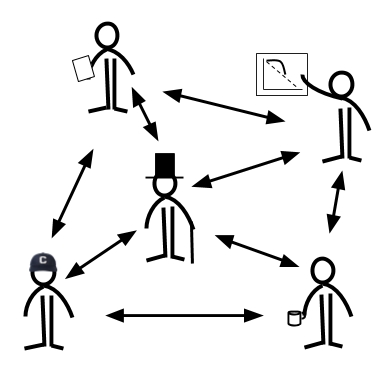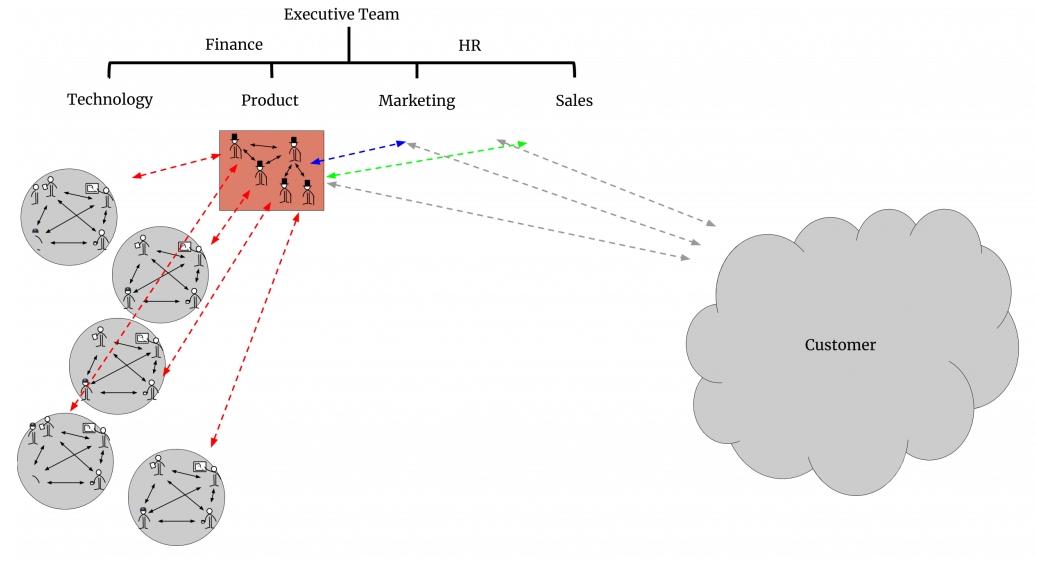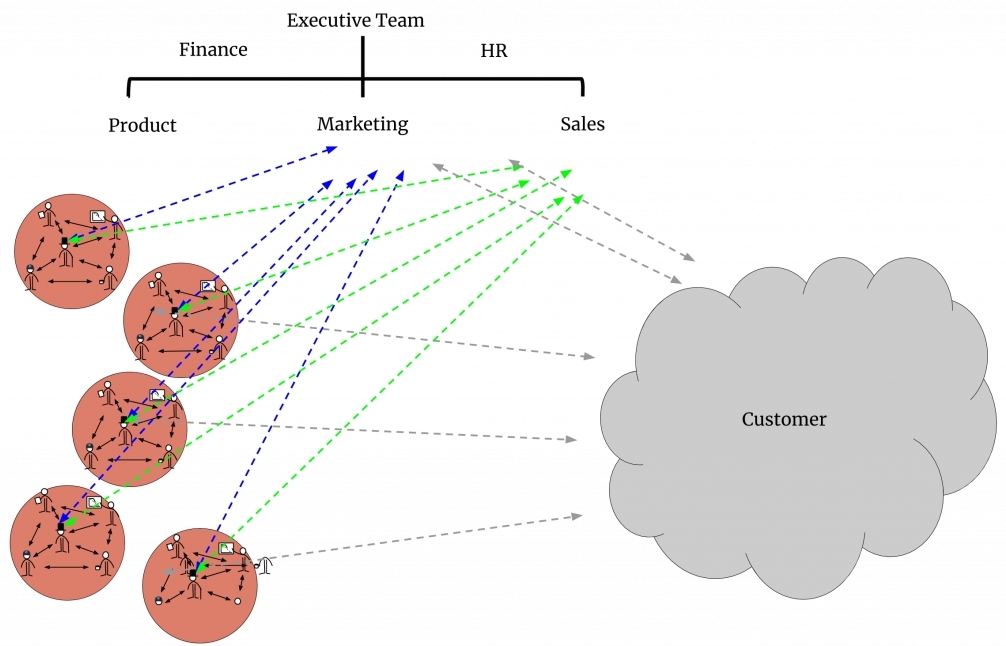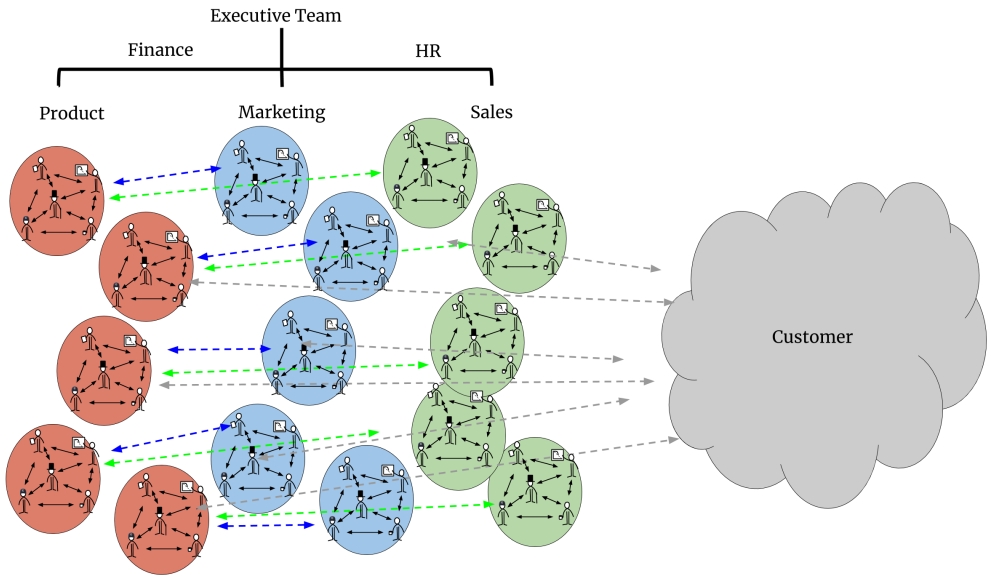How we embrace our technology teams will depend a lot on the organization.
If we're a tech company, such as Microsoft or Apple, who make software products for retail, or a company such as Spotify, which makes an online product, we're likely to have embraced the digital economy. We'll be aware of and geared up for the speed things move in the technology industry.
There won't be a technology division. Instead, the organizational structure for these companies will likely revolve around their product lines.
In a traditional corporate structure or government agency, if our organization isn't overtly a technology company, we will likely see IT as a service and a cost center (in accounting terms).
If we're an IT consultancy and build software for our clients, then we're likely to be whatever our client wants us to be and will integrate however they want us to.
Of course, with almost the entire world going online, and the associated rapid acceleration of technology, technology isn't something that can be ignored; it is now firmly in the spotlight. Even in those companies that saw it a service, there has been a rapid scramble to embrace technology across the board. Technology is the great leveler, with the potential to reduce cost through automation, and it can significantly lower the barrier to entry for young start-up companies and disrupt the market of established incumbents.
An example of a hierarchical organization looks something like this:

In a hierarchy, work is orchestrated from above, and communication tends to follow the same pathways up and down the line. The main issue with any hierarchical structure is that it tends to cause silos which stifle collaboration, maybe not intentionally, but just through a lack of knowledge of who to talk to, or even just being aware that there is someone in that role in the first place.
A feisty Agile team, such as the one shown as follows, often just wants to get shit done; it's their mode of operation:

In their thirst for cross-functional knowledge and collaboration, they will naturally seek out the collaborators they need, pushing through the informational and operational congestion that happens when the organizational structure is divisional and uses a silo-based structure.
For instance, if the Technology and Product teams are separate in our hierarchy, these two will likely work closely together, albeit perhaps in a more service-oriented way to start with, that is, with Technology acting like a vendor.
As the following diagram shows, the Product team act as Product Owners to the technology teams and still tend to do all of the networking:

Over time, with the Product Owners acting as the bridge between different parts of the organization, the technology teams will start to form more direct contact with different parts of this network. As a result of this close collaboration, the Product, and Technology divisions merge, and now work as one group:

When the people that are closest to solving the problem are the people organizing themselves around how best to solve it, they will find the path of least resistance to the source of the information that they need. If we set up the right environment for them, by helping them make connections within the network, and demonstrate how they can start to collaborate, they will begin to learn at a rapid rate
This is the beginning of the flattening of the hierarchy—it's not that it isn't there, it's that our team just stopped using it. Gradually, the teams take on more of the responsibility and form relationships with their clients. This is particularly necessary because their approach requires fast feedback.
The team will also take on more responsibility for their governance; they, after all, are closest to the coalface, or as my wife calls it, the "pixel-face"—the place where the product gets built. This means they will also start to make decisions at a local level on how they carry out their work.
Eventually, what we'll see is a network of teams starting to form. As we can see in the following diagram, because the team network has developed, information flows directly between the divisions, instead of via the hierarchy:

Divisions were originally set up to create efficiencies. They may have succeeded in doing this, but what we know now is that it creates silos—a literal division. Lean thinking also asks us to consider the system as a whole and argues that from an organizational perspective, we should optimize getting the job done, not the efficiency of each step.
